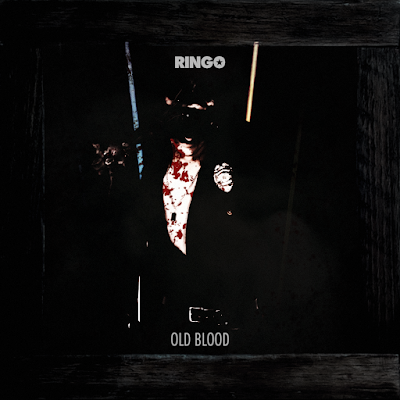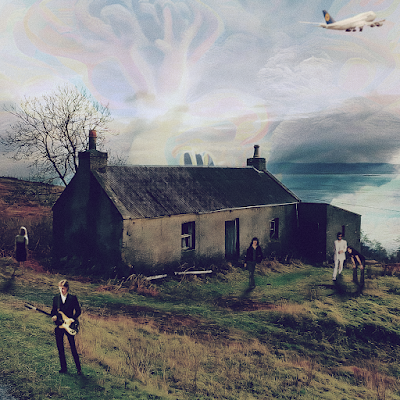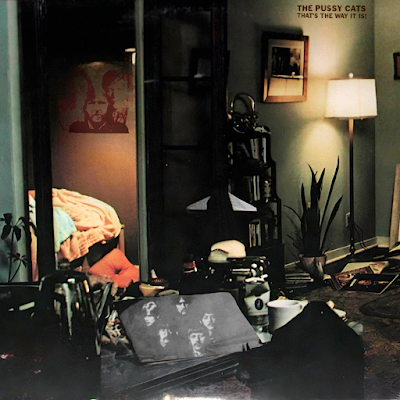David Bowie - Silhouettes and Shadows (1981)

David Bowie had gone through a lot of turbulence in the years leading up to 1981. He had rejoined his old band, the Beatles the previous year following a period of independence that had rewarded him musical freedom. The reunion, however, was short lived when John Lennon was shot dead that December. The band quickly issued their final statement in April 1981 and then dispersed. Bowie looked back at what had happened and contemplated his place in the ever-changing music world. Now that he had to continue on as a solo artist permanently, could he sustain his current popularity? Bowie had indulged himself in art rock for the good part of half a decade, and yet, it felt so different from the punk and new wave that had dominated airwaves for the last few years. Regardless of what genre he would frequent next, Bowie was keen on staying on top, even without a band. Bowie began work on a new album almost immediately following the Beatles' dissolution. In retrospect, it was actually quite ea












